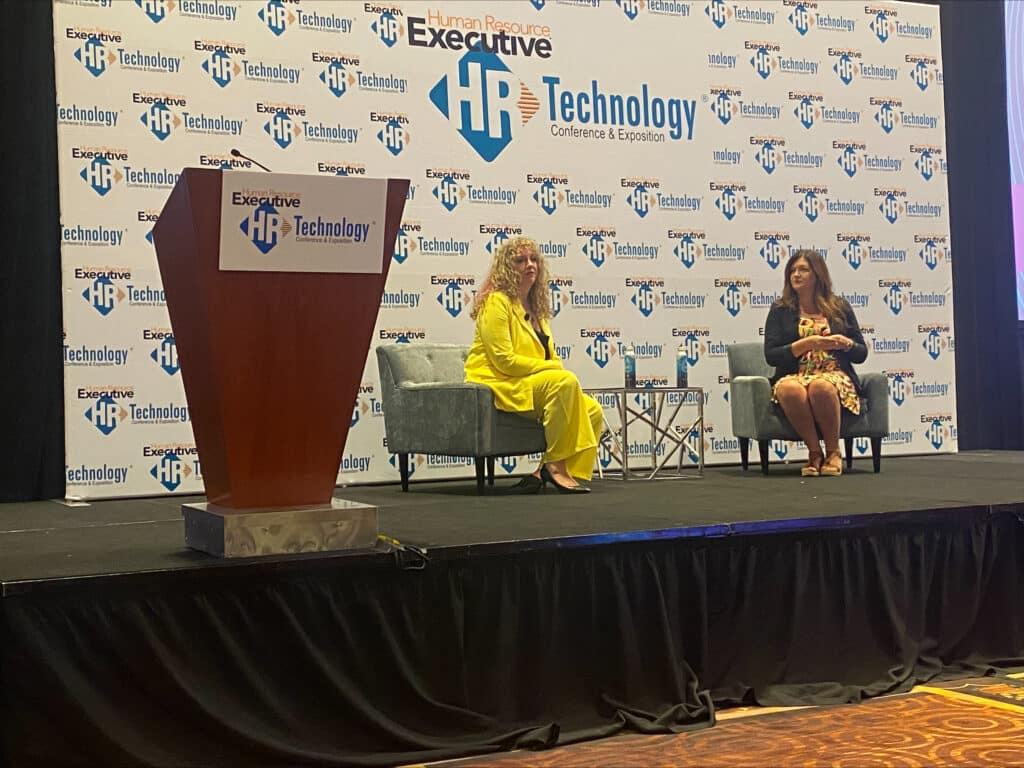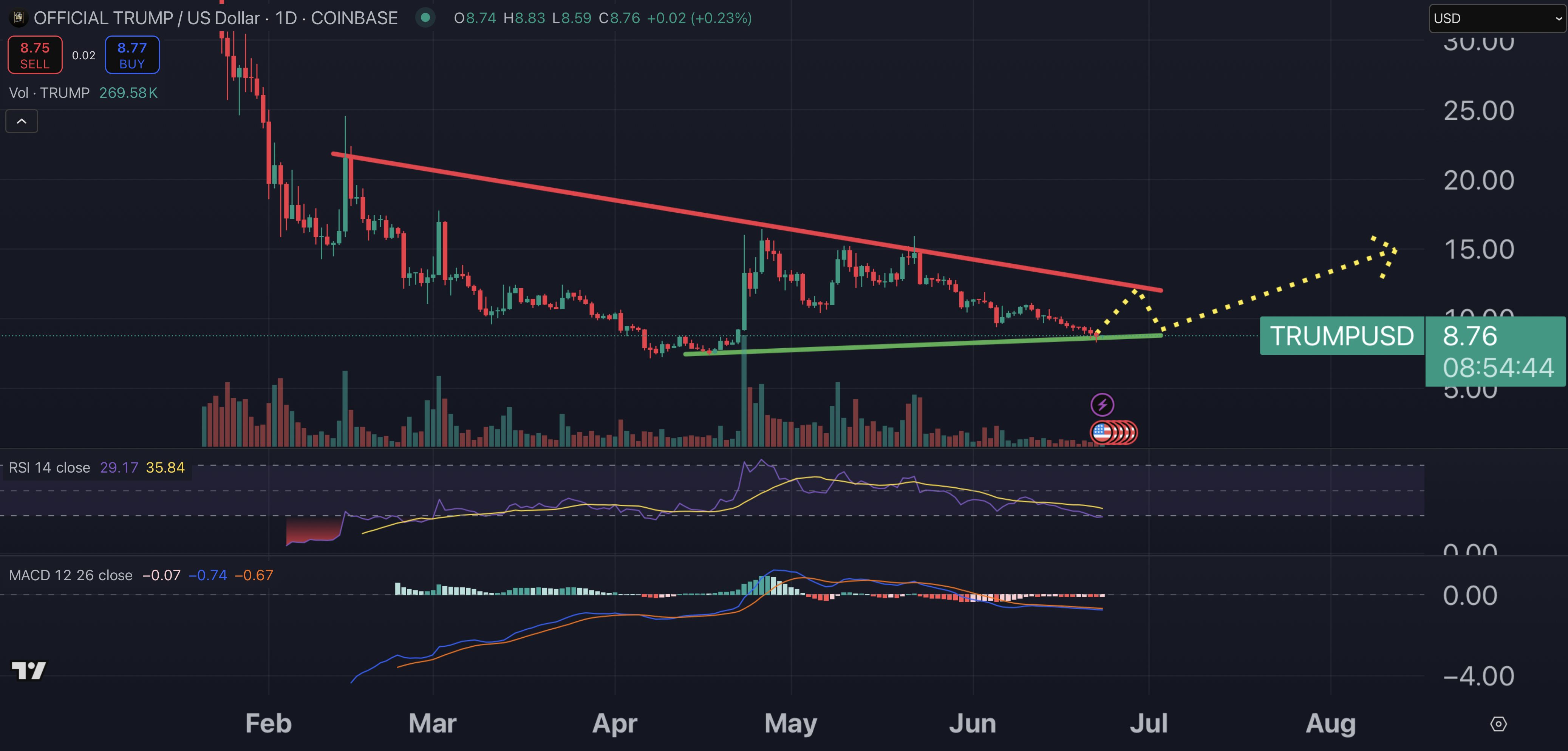Not too long ago, HR’s wellness focus was largely on employees’ physical health: Think step challenges and Weight Watchers meetings in the lunchroom.
Today, “what wellness means has changed” dramatically, says Sarah White, CEO and head of strategy and insights at Aspect 43, an HCM strategy and analyst firm. Specifically, employers are looking at employee wellness more holistically, from DE&I and pay equity to menopause and domestic violence.
At the Women in HR Technology Summit on Tuesday’s opening day of the HR Technology Conference in Las Vegas, White and Jessica Miller-Merrell, chief innovation officer at Workology, shared research and insights on the evolution of the employee wellness space. It’s one where they say technology is playing a critical role in helping HR leaders meet employees’ increasingly diversified wellness needs.
White and Miller-Merrell say there are currently 39 distinct categories of wellness technology on the market—marking the first time in 14 years, they said, that the talent acquisition tech stack isn’t the largest sector of HR technology.
“[Tech providers] wouldn’t be building this tech unless they saw the issue that was there,” White says.
Employers are increasingly recognizing the impact of wellness challenges on their workforce: According to Aspect 43’s research, just two years ago, 13% of managers, leaders and the C-suite saw employee burnout as a primary concern—a number that now stands at 64%. However, most employers don’t “know how to get there” to truly help their workforces, White says.
Key to strengthening modern wellness programs is focusing on all four dimensions of employee wellness, from physical and mental to financial and lifestyle-related, including caregiving. And technology can be a significant enabler.
“I’m excited there are so many technologies, tools and resources in the wellness space to be able to support us,” says Miller-Merrell, noting many HR practitioners often function as “pseudo therapists,” and technology can help them fulfill that expectation. “We have a whole new toolset of resources and information and things we can pull out to support our people. There is great emerging technology right now.”
The tools don’t have to be complex nor costly, they say; just connecting employees to mindfulness apps can help them radically transform their wellness. Making wellness technology available to employees is also a way to confront the stigma often associated with seeking help, they say.
Empathy still required

During their session, Miller-Merrell shared her experience as a domestic abuse survivor, while White detailed the impact of losing both her parents and the father of her children in just over a year.
Despite such traumas, both struggled to find support in the workplace. Employees have a “lot of fear” around being seen as “less capable” if they are transparent about wellness challenges, Miller-Merrell says, and robust, technology-enabled wellness programs can fuel cultures where discussing such issues is normalized.
Yet, HR practitioners need to marry their reliance on technology with empathetic leadership that gives employees flexibility and space to manage their unique wellness journeys.
“The technology is great; I’m obviously a big fan of technology,” she says. “But let’s not forget the human aspect. I have found that the more I personally share about myself, the more I’m able to help other people.”
Credit: Source link











